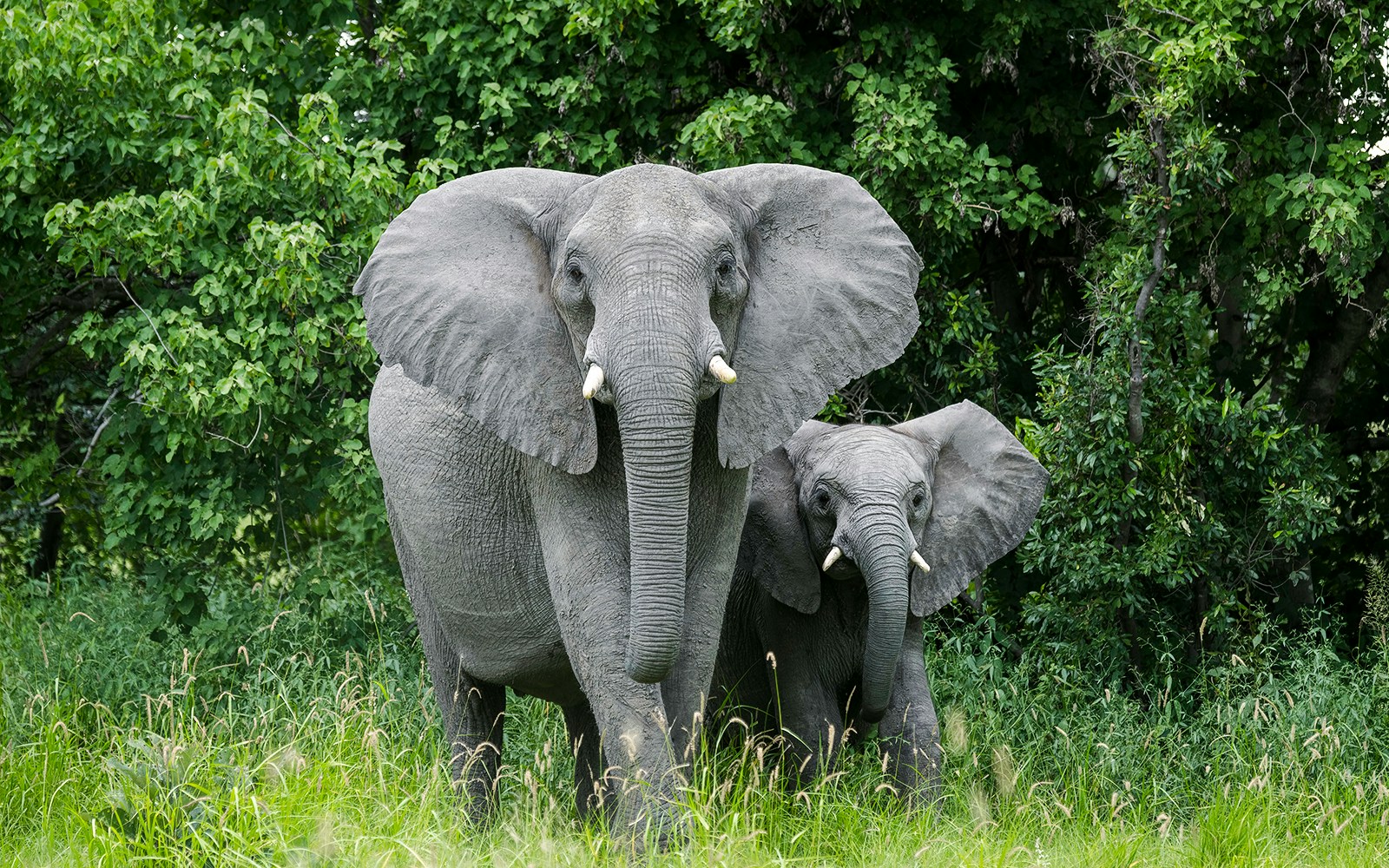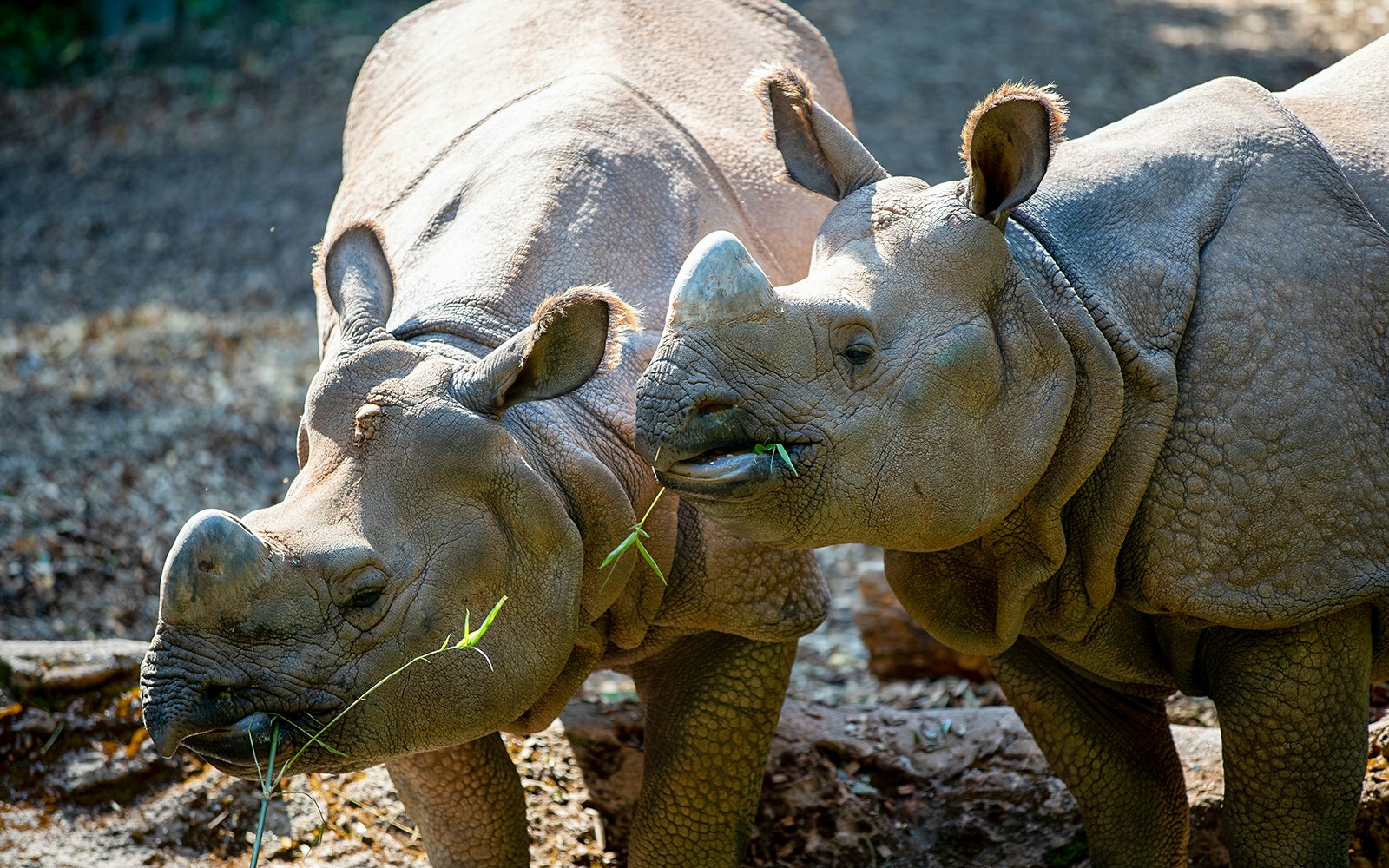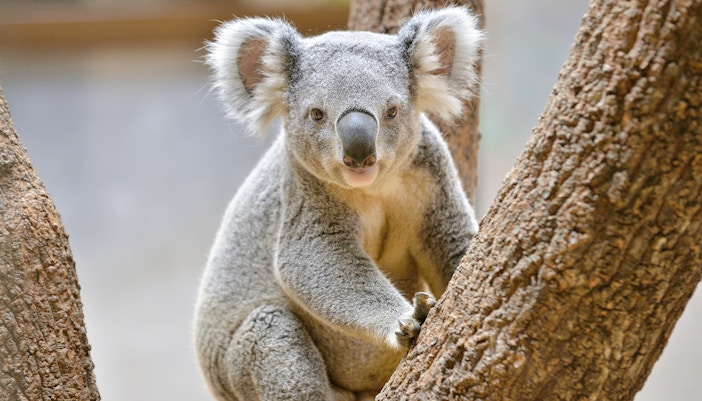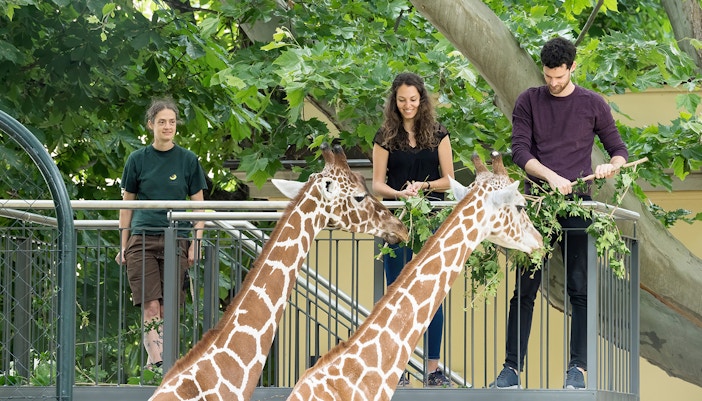Inside: Giant black and white pandas
- The Panda enclosure is designed to mimic the cold mountains of eastern China, with extensive bamboo forests, climbing structures, and shaded areas.
- The zone features shaded play areas to comfort the pandas during summer. They are accustomed to a colder climate, hence, the shade stimulates their natural behavior.





























